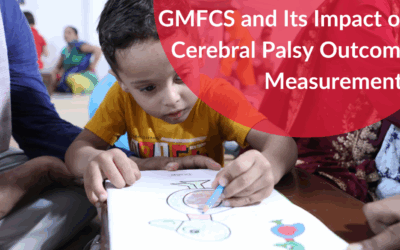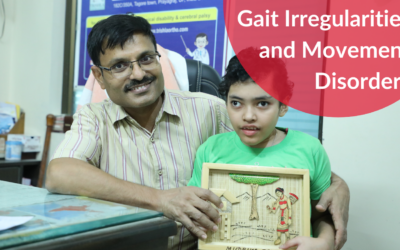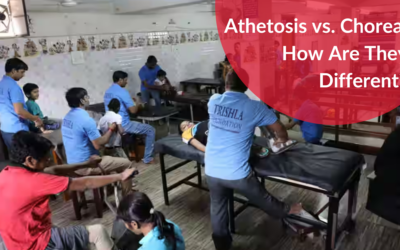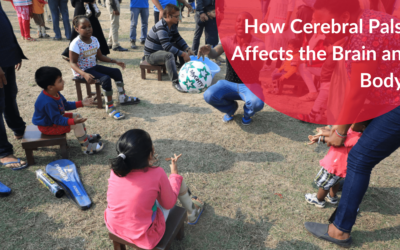Blog
GMFCS and Its Impact on Cerebral Palsy Outcome Measurements
Cerebral Palsy (CP) is a neurologic disorder of infinite heterogeneity that involves movement, posture, and coordination. Because of the magnitude of the heterogeneity of the impact of CP from person to person, clinicians apply standard systems and outcomes of...
Gait Irregularities and Movement Disorders
Gait is defined as the style of walking, the act of moving on the feet and involving the use of muscles, bones, joints, and ligaments that enable movement. Leg movements in walking include a coordinated gait cycle that involves the limbs along with the trunk to...
Flaccid verses Spastic Paralysis: Diagnosis, Differencing feature and Treatment
Muscle movement loss in certain body areas is a health condition called paralysis. All forms of paralysis show differences from each other. Muscle conditions among people with paralysis differ between weak and floppy tissue structures and stiff and tight muscle...
Educational Strategies for Children Diagnosed with Spastic Diplegia Cerebral Palsy
Children with spastic diplegia cerebral palsy (SDCP) face many challenges in education. The movement difficulties, along with muscle stiffness, present challenges to students when trying to learn in a traditional school environment. With appropriate educational...
Athetosis vs. Chorea: How Are They Different?
Chorea and athetosis are two main types of involuntary movements that can happen in adults and children with neurological conditions such as cerebral palsy. Now, the movements have different features, and the most noticeable difference here is that athetosis appears...
How Cerebral Palsy Affects the Brain and Body?
Cerebral palsy is a medical condition that impacts the brain and the body both. It happen because of insult to cerebral motor cortex, which is the part of the brain responsible for controlling muscle movements. This brain damage can significantly impact the body in...
Finding the Right Walker for Your Child with Cerebral Palsy
Cerebral palsy is a life time condition that can make the life of the patient difficult. It happens because of some brain injury at or during birth, leading to activity limitations. Both physical and neurological abilities vary from child to child, and the support...
Effective Speech Therapy for Children Living with Cerebral Palsy
Most children suffering from CP generally have Children Orthopedic Problem controlling the tongue, face, jaw, and chest muscles. This reduces or limits their ability to produce sounds or speak properly. Further, hearing loss can also cause speech delays and problems...
Hemiplegia vs. Hemiparesis: Key Differences Explained
When you talk about cerebral palsy, it is not just about one medical condition. Still, it comes with many associated conditions, making it extremely difficult to manage things. No doubt cerebral palsy has a significant impact on the life of the child, but the related...
Make a Difference
Support Trishla Foundation's Life-Changing Work for Children with Cerebral Palsy!
Together, we can break barriers and empower children with cerebral palsy. With your generous contribution, Trishla Foundation can continue its vital work in providing therapies, education, and support to these incredible children. Help us create a brighter future by donating today!









